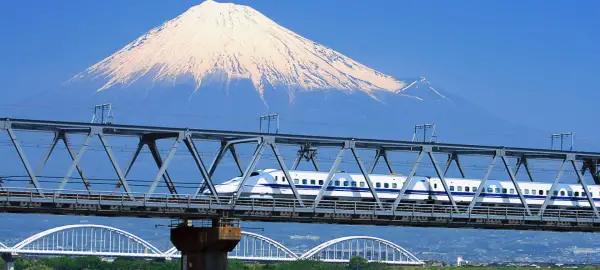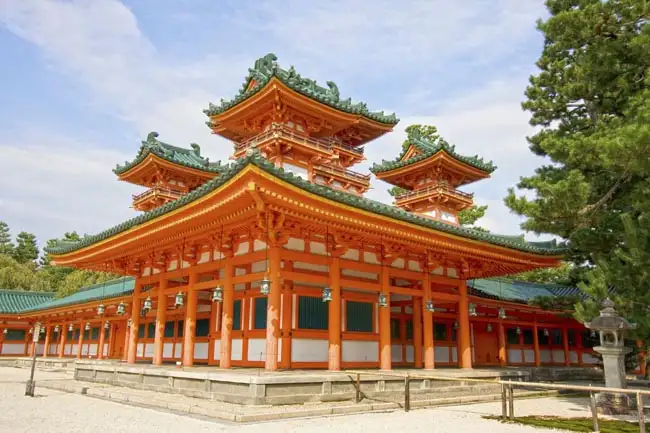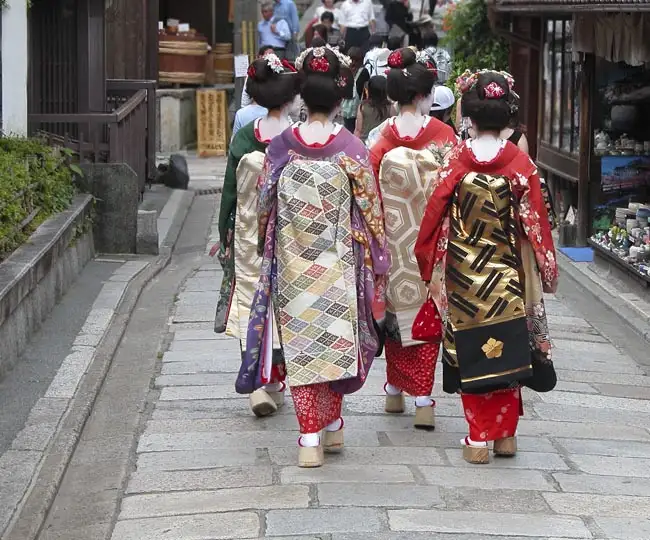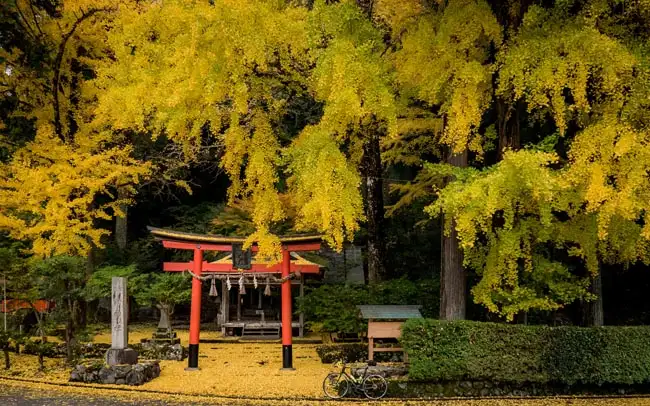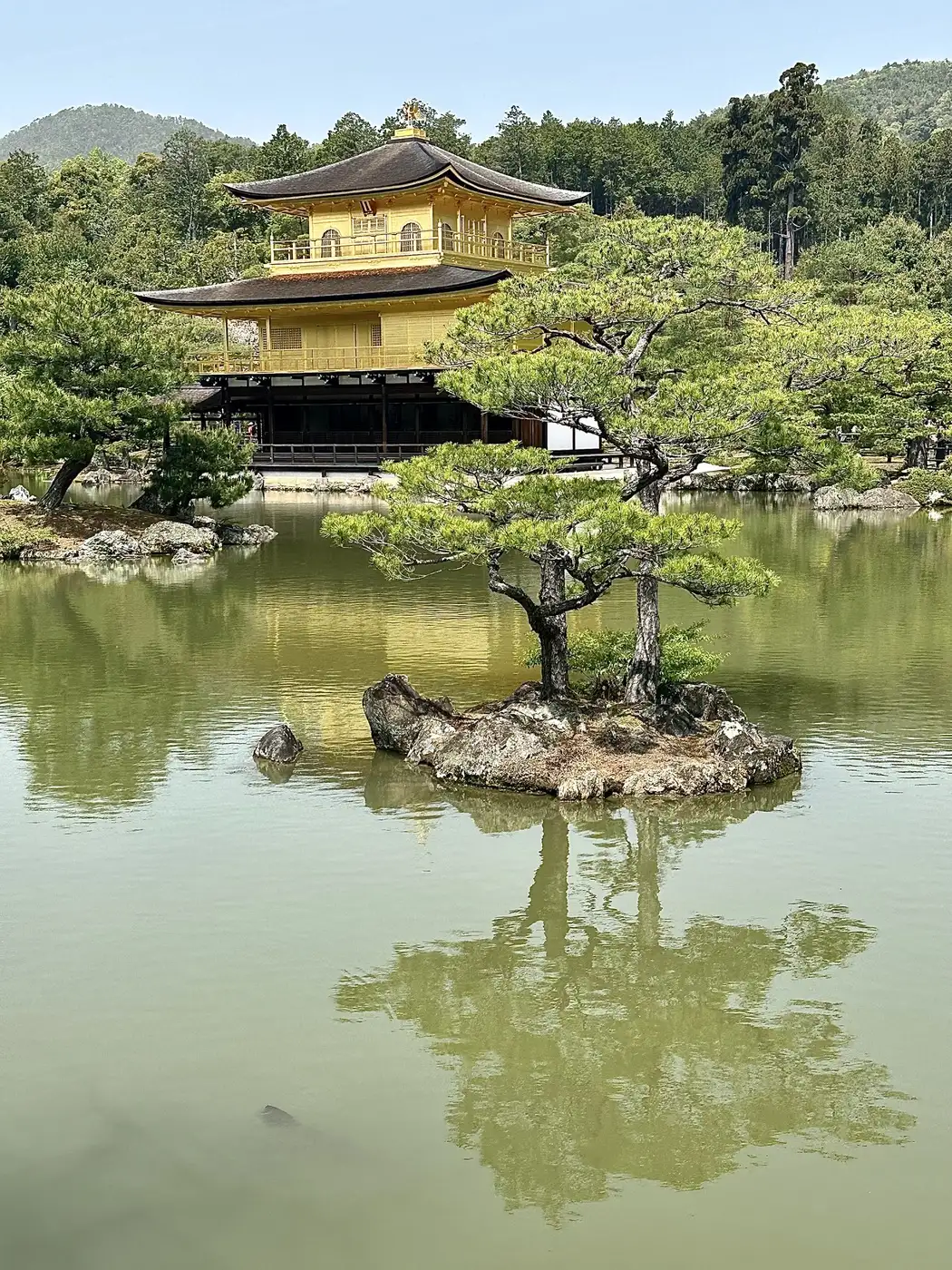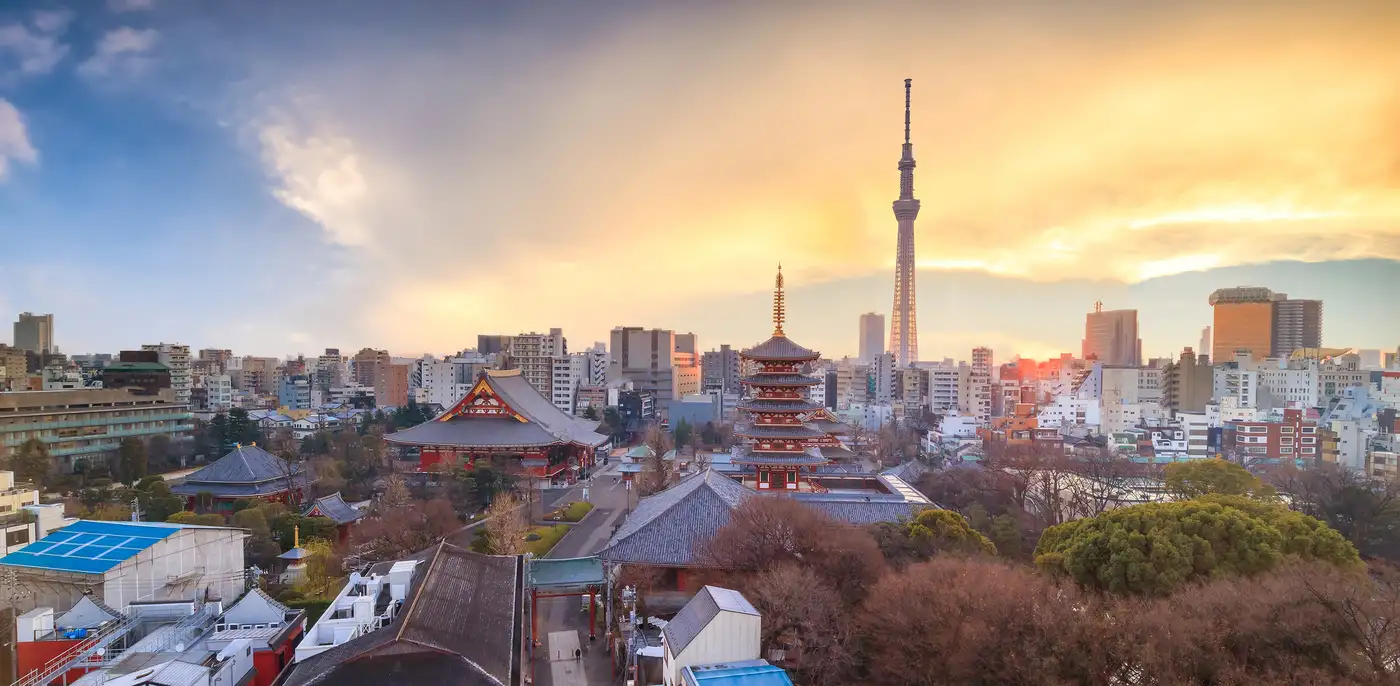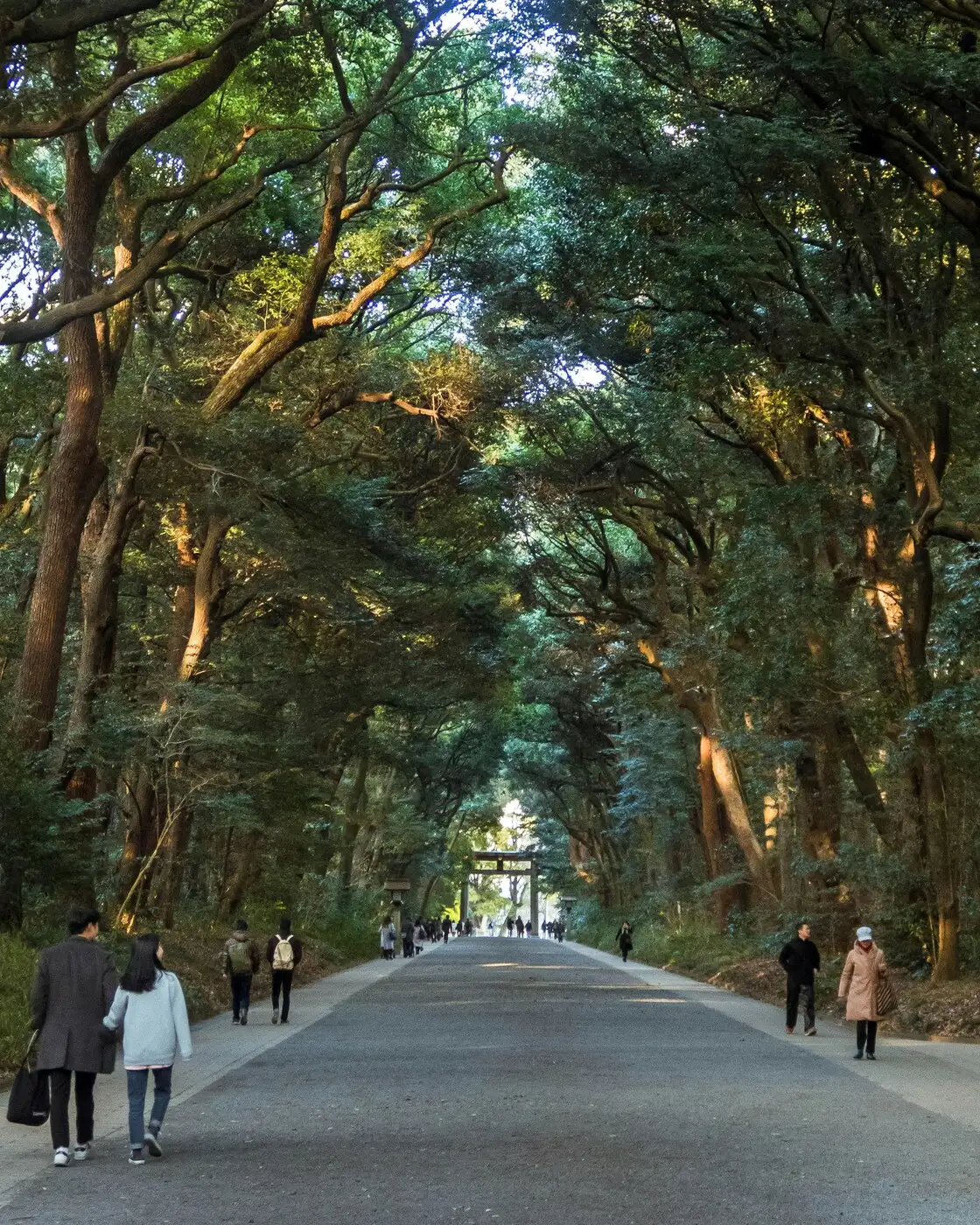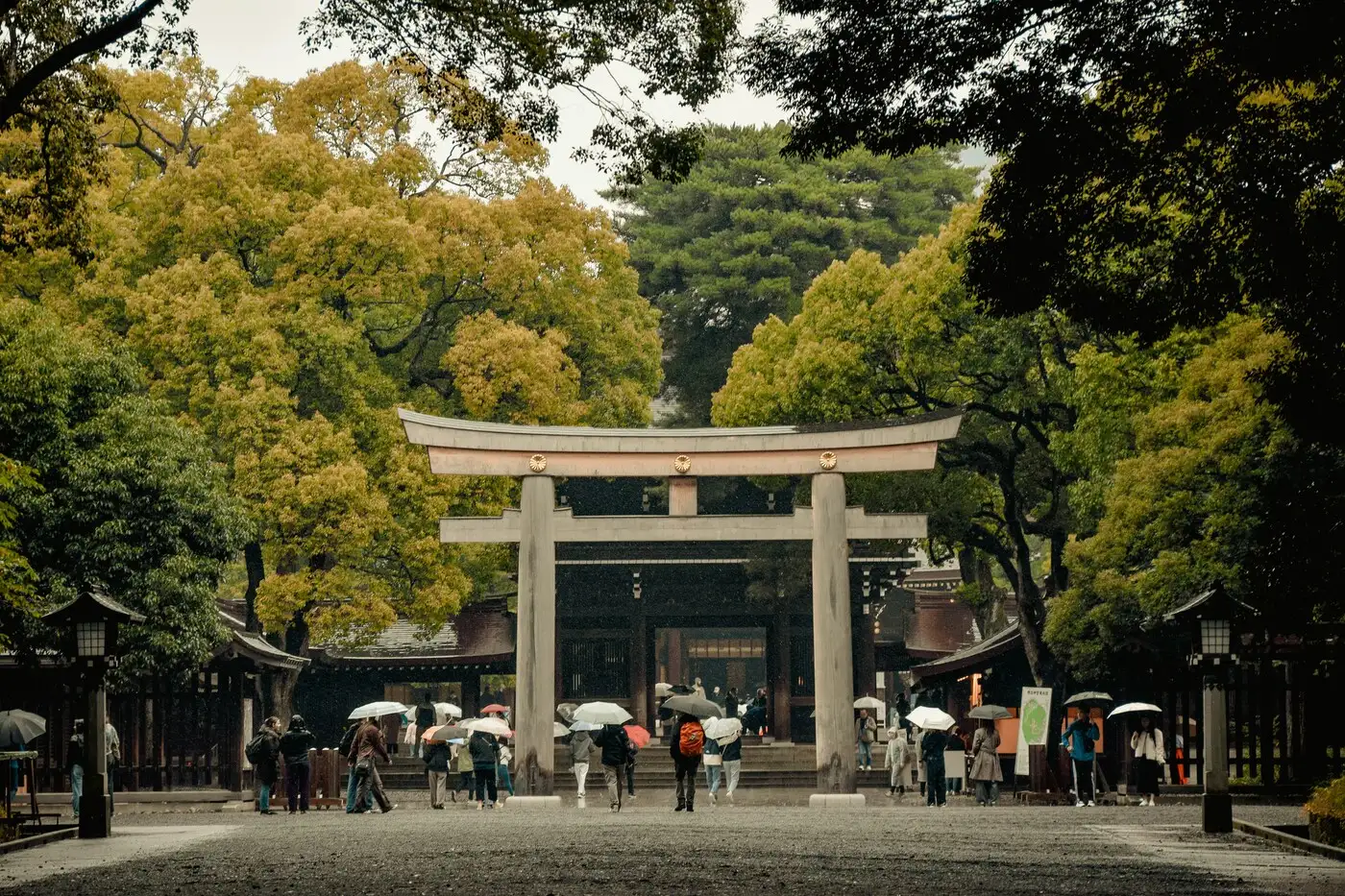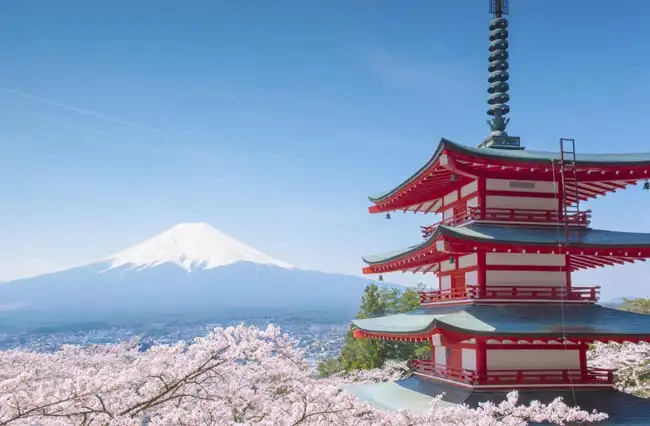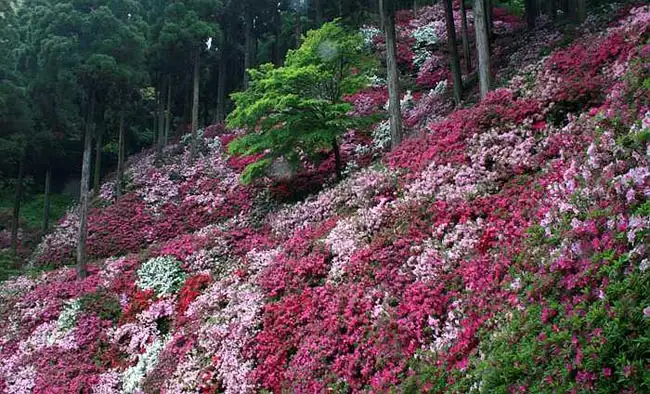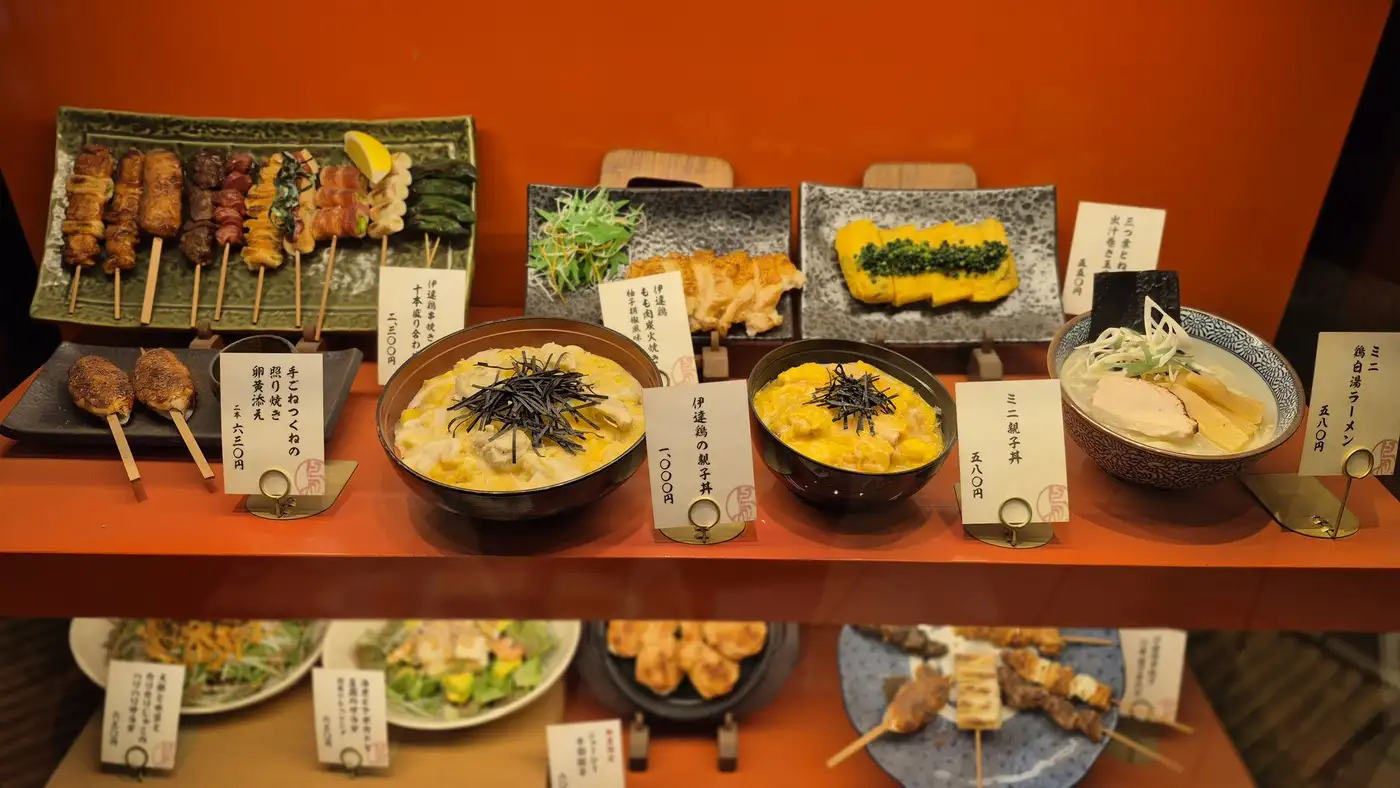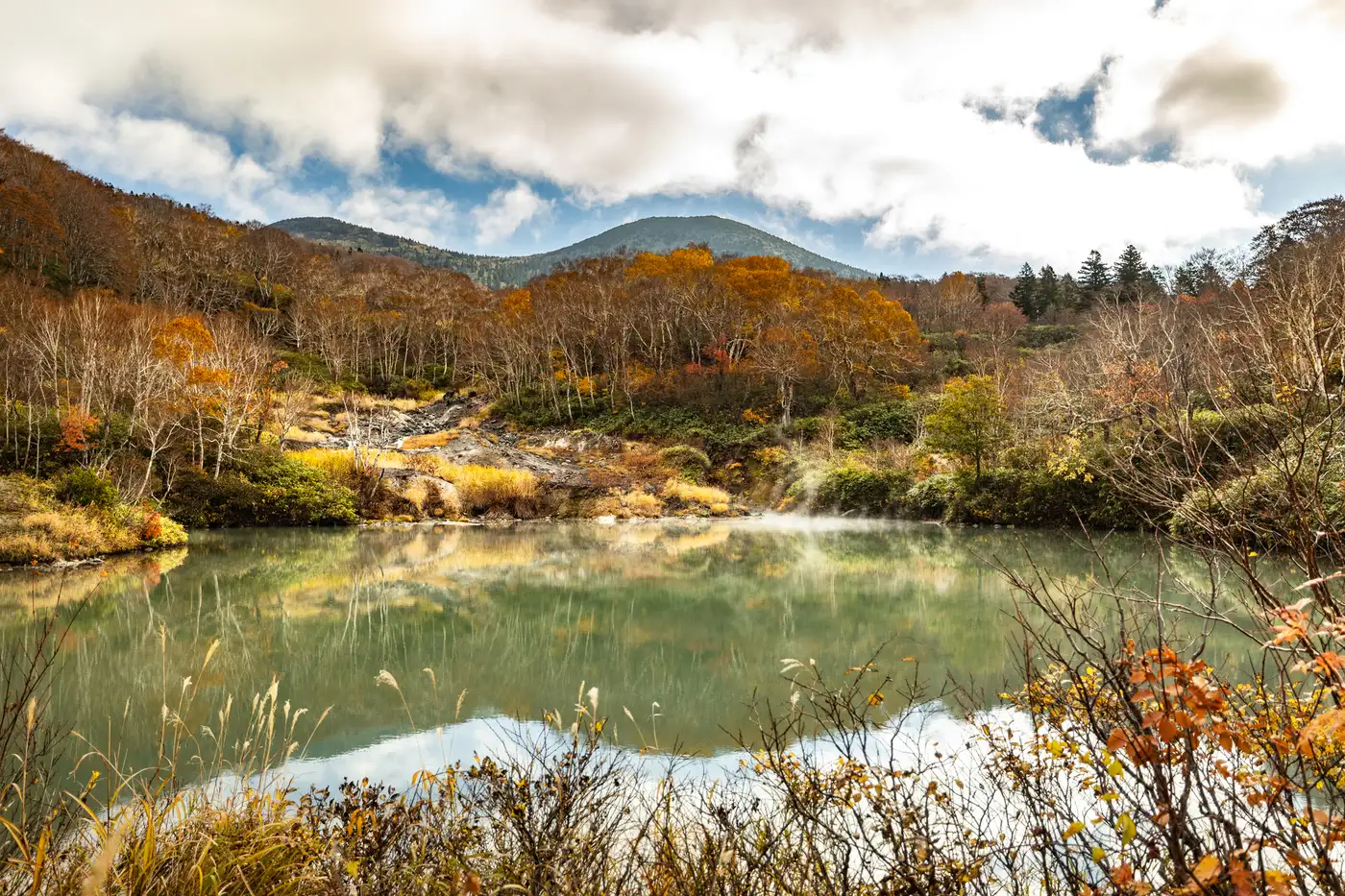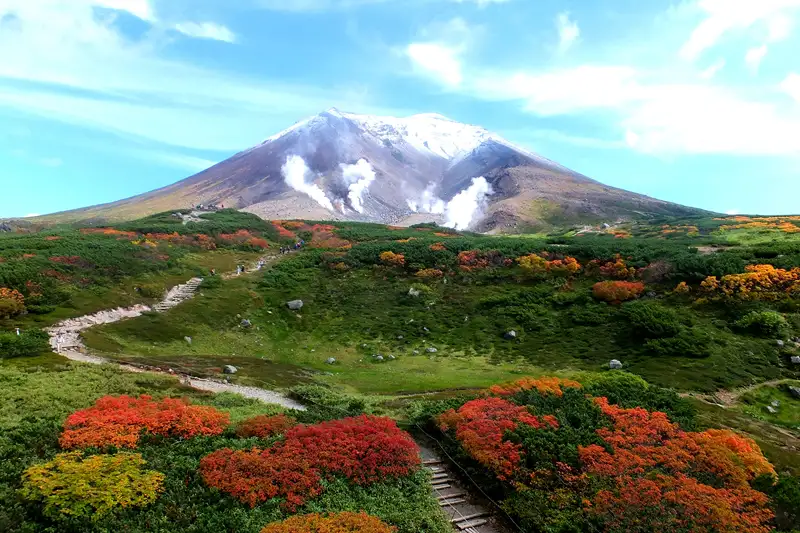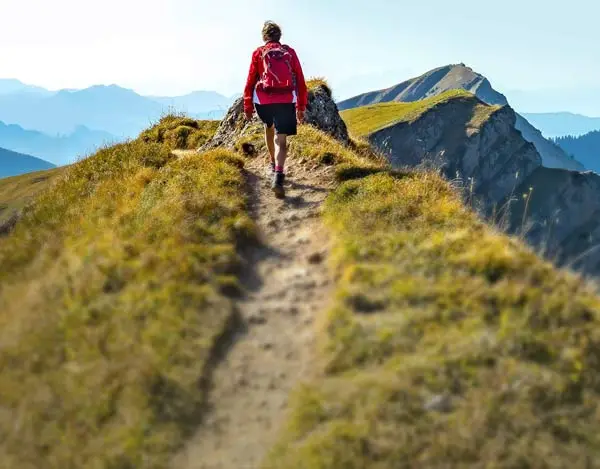Today we travel by local train to Nara.*
The crest of every mountain, the slope of every hill, the mute testimony of every rock, the waterfall, rivulet, and the valley of Nara are infused with the intangible spiritual energy that accompanied the birth of the Japanese civilization. Nara, meaning "level land, " occupies the great basin of what was Yamoto, or the Land of Great Peace. Here was the centre of the half-real, half mythical kingdom of Japan before it became a nation. Jimmu Tenno, the first emperor of Japan, was purportedly buried at Nara, the Imperial Japan, the oldest existing dynasty in the world, established its first permanent court within the city in 710. Arts, culture, and literature also bloomed in this fertile valley. The earliest histories of the nation were compiled in Nara by noble court ladies in colloquial Japanese, and from the ancient city Buddhism spread throughout the land.
In its glory days, Nara covered an expansive area linked by palaces, temples, shrines, public buildings, and nobles' villas. The temples were massive and extremely powerful, almost like independent city-states. Numerous fires, the ravages of time, war, and pestilence have reduced many of the ancient structures, but plenty remain in their original states, especially in the eastern sections of the city. Part of this legacy is the Great Buddha of Todai-ji Otera, the largest bronze statue in the world, tipping the scales at over 500 tonnes.
Nara Koen, at over 500 ha (1235 acres), is Japan's largest park and is home to the sacred deer of nearby Kasuga Taisha. This shrine, moss-covered and illuminated by over 3000 stone lanterns, was first erected in 768 and is second in importance only to the Grand shrines of Ise. As we walk through this park dotted with temples and deer wandering about, you will be struck at how the sublime cultural richness of the quiet past lingers on.
* PLEASE NOTE that some past travellers have indicated that future participants might consider using this as a free day to do their own thing in and around Kyoto, which has much to offer even outside of our busy program. While Nara is always worthwhile and often considered a "must" while in the area, the logistics of getting to/from and the overall busy-ness of the sites visited, means that it takes an entire day to visit this one place. Those who might consider striking out on their own should consult with your Tour Leader for a complete picture of what the above described excursion entails.
Overnight in Kyoto.
Included Meal(s): Breakfast and Dinner